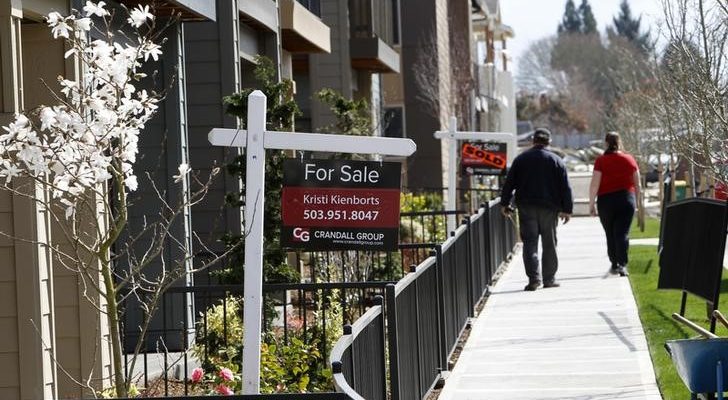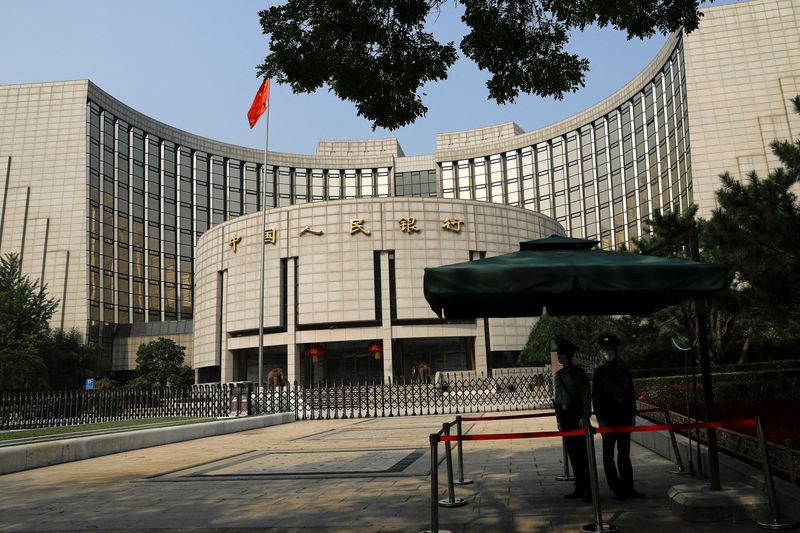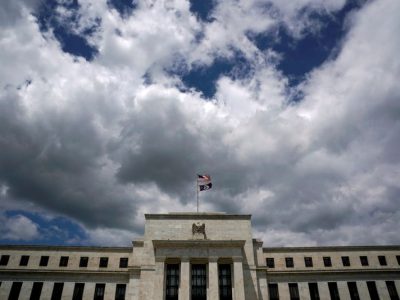
Investing.com — The housing market in the United States continues to grapple with challenges, with the most pressing issue being the affordability of homes.
Despite recent declines in mortgage rates, the overwhelming consensus among market observers is that home prices remain prohibitively high, which is stifling demand and keeping potential buyers on the sidelines.
As per the August consumer confidence survey, there was a sharp decline in the percentage of respondents planning to purchase a home within the next six months.
After all, the 30-year mortgage rate declined from 7.79% at the end of October 2023 to 6.46% currently, said analysts at Yardeni Research in a note.
While this reduction in mortgage rates should theoretically make home purchases more attractive, it has not translated into increased demand.
The reason behind this disconnect is likely the sustained high levels of home prices, which have significantly eroded affordability.
Another critical factor is the spread between the 30-year mortgage rate and the 10-year Treasury yield, which currently stands at 263 basis points—nearly 100 basis points above its historical average.
This wide spread suggests that mortgage rates, although lower than they were in late 2023, are still relatively high by historical standards.
Analysts at Yardeni Research speculate that traders might be considering shorting this spread, anticipating that it will narrow in the future. However, even if the spread narrows, the underlying issue of high home prices may continue to suppress demand.
Further evidence of the strained housing market is found in the latest report on mortgage applications for purchasing homes, which shows no signs of a rebound.
This stagnation is largely due to the fact that home prices remain at record highs. “The 12-month median single-family home price is up a whopping 47% since just before the pandemic began to $404,000 currently,” the analysts said.
This sharp increase in prices has severely impacted affordability, with the housing affordability index plummeting from 175 pre-pandemic to just 93 currently.
These figures indicate that, despite lower mortgage rates, the average American household finds it increasingly difficult to afford a home.
The supply dynamics of the housing market further complicate the situation. Currently, there is a 7.5 months’ supply of new homes, leading homebuilders to offer various incentives, such as discounts and below-market mortgage financing.
They are also constructing smaller homes targeted at first-time homebuyers. However, the supply of existing homes remains low, with only 4.0 months’ supply on the market.
This imbalance between new and existing home inventories exacerbates the affordability crisis, as potential buyers are left with fewer affordable options, especially in the existing home market.
Yardeni Research analysts maintain a cautiously optimistic outlook, expecting a rolling recovery in the housing market rather than a V-shaped rebound.
The combination of high home prices and tight affordability continues to weigh heavily on demand, but the direction of interest rates and the potential narrowing of the mortgage rate spread could provide some relief.
Additionally, the pent-up demand for housing, particularly among first-time homebuyers, suggests that there is still underlying strength in the market that could drive a gradual recovery.












